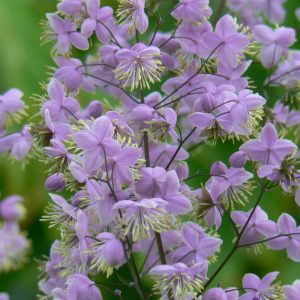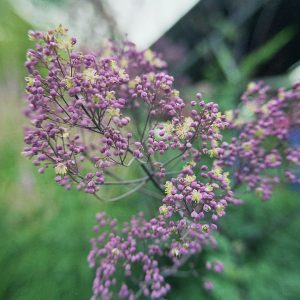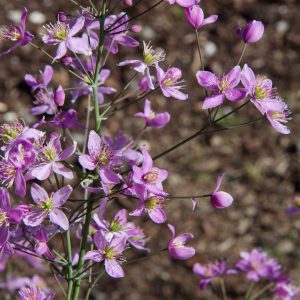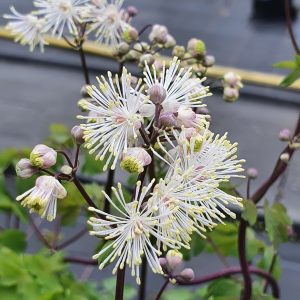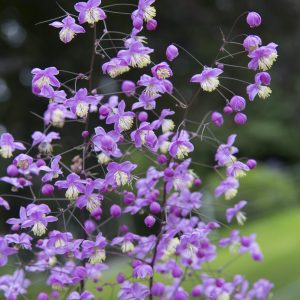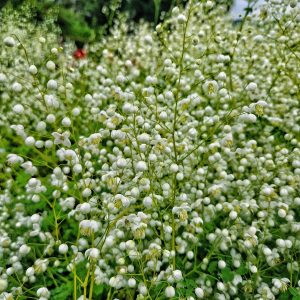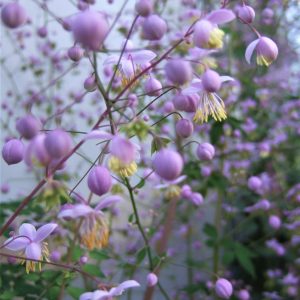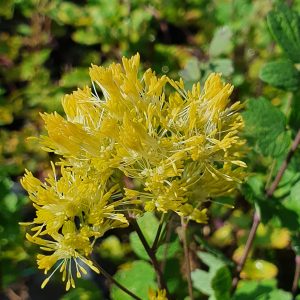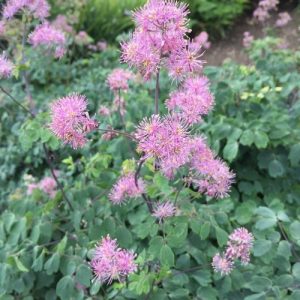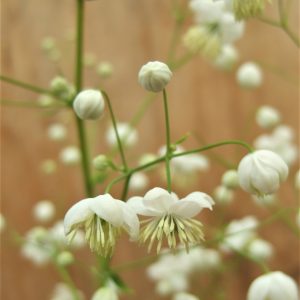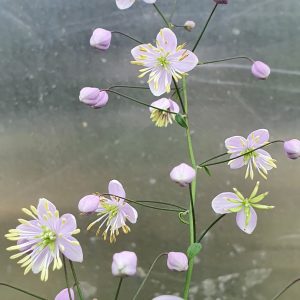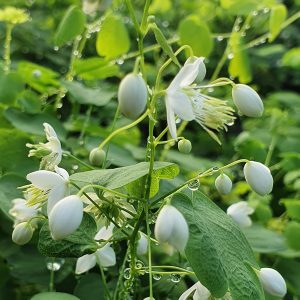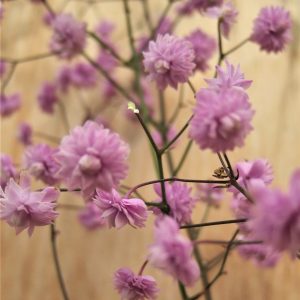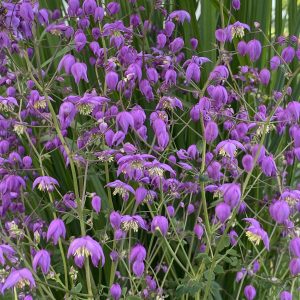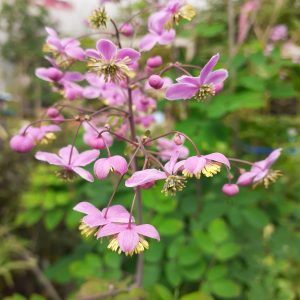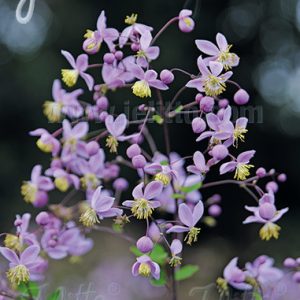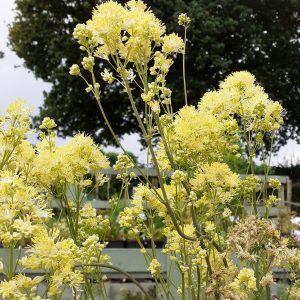Thalictrum, commonly known as meadow-rue, is a graceful perennial known for its delicate, airy flowers. Follow this planting guide to ensure successful establishment and optimal growth of your Thalictrum plants.
Choose the Right Location
Sun Exposure: Thalictrum prefers partial to full shade, though some varieties can tolerate more sun. Choose a location with dappled sunlight for the best results.
Soil Type: Well-draining soil enriched with organic matter is ideal. Thalictrum is adaptable to various soil types but thrives in humus-rich, loamy soil.
Planting Time
Spring or Autumn: Plant Thalictrum in the spring or autumn when the soil is workable. This allows the plant to establish roots before extreme weather conditions.
Spacing
Adequate Spacing: Space plants 18 to 24 inches apart to provide ample room for growth and prevent overcrowding.
Planting Depth
Proper Depth: Plant Thalictrum at the same depth as they were in the nursery containers. Ensure the crown is at or slightly above the soil level.
Watering
Consistent Moisture: Thalictrum prefers consistently moist soil. Water regularly, especially during dry spells. Mulching helps retain soil moisture.
Mulching
Mulch Application: Apply a layer of organic mulch around the base of the plants. Mulch helps conserve moisture, suppress weeds, and insulate the soil.
Fertilisation
Moderate Fertilisation: Thalictrum generally doesn’t require heavy fertilisation. Apply a balanced, slow-release fertiliser in spring to support healthy growth.
Staking
Tall Varieties: For taller Thalictrum varieties prone to flopping, consider staking or providing support to prevent bending.
Deadheading
Optional Deadheading: Deadheading spent flowers is optional, as some gardeners prefer to leave the seed heads for added interest. If deadheading, do so to encourage more blooms.
Pest and Disease Management
Vigilant Monitoring: Regularly check for pests such as aphids or sawflies. Treat infestations promptly with insecticidal soap.
Good Air Circulation: Ensure proper spacing to promote air circulation and reduce the risk of fungal diseases.
Division
Every Few Years: Divide Thalictrum clumps every few years to maintain vigour. This is best done in early spring or autumn.
Winter Care
Mulching in Autumn: Apply a layer of mulch around the base of the plants in late autumn to protect against winter cold and temperature fluctuations.
Observation and Adjustments
Regular Inspection: Keep an eye on your Thalictrum plants for signs of stress, disease, or pests. Adjust care practices based on your observations.
By following this planting guide, you can establish and maintain healthy Thalictrum plants that will bring an elegant touch to your garden with their distinctive and delicate blooms.



